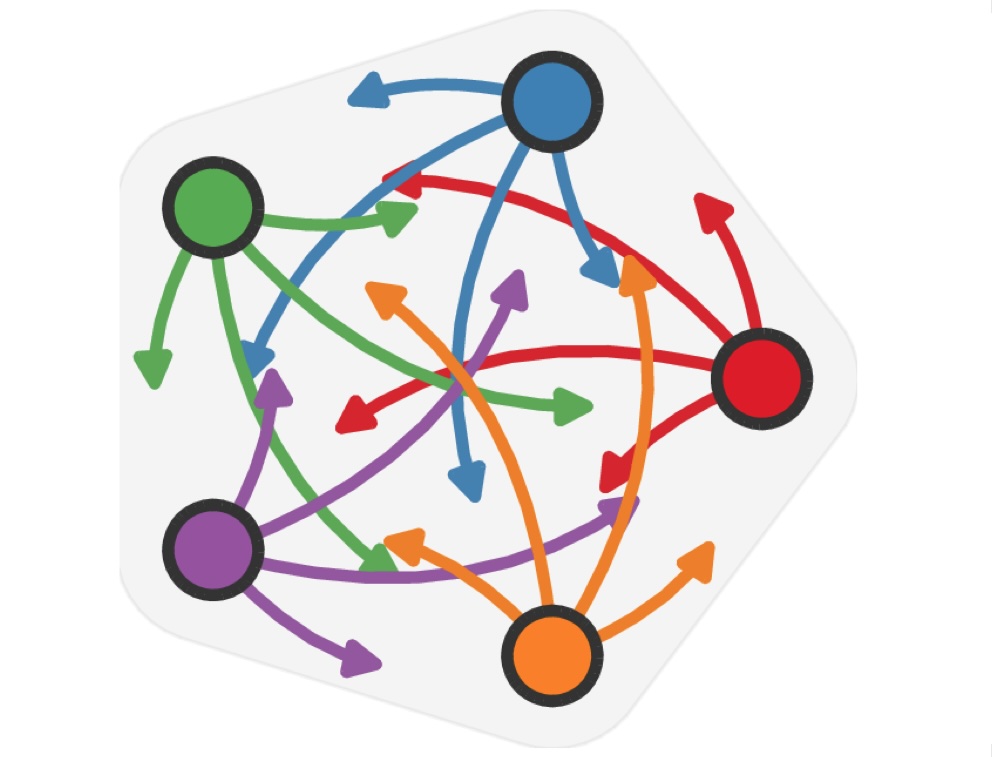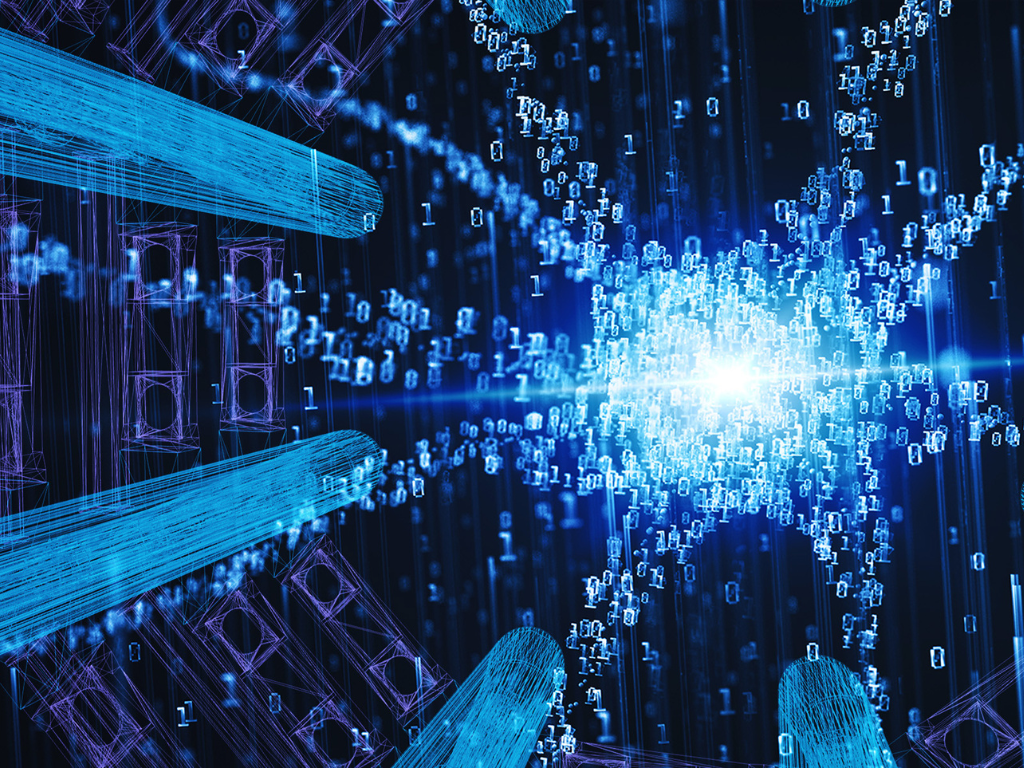Signal and noise: how timing measurements and AI are improving ATLAS event reconstruction
1 August 2023 | By
The Large Hadron Collider (LHC) doesn’t collide one particle at a time – it hurls together more than one hundred billion proton pairs every twenty-five nanoseconds! Most pass by each other and continue on their way, but many collisions can happen at the same time. Physicists then have to disentangle the collisions with rare or interesting signatures from the noise of overlapping “pile-up” collisions. This major experimental challenge has become even more important in recent data-taking runs of the LHC, as higher collision rates result in more pile-up collisions.
The ATLAS Collaboration recently presented two new results explaining how detector timing measurements and calorimeter signal calibration using artificial intelligence (AI) are being used to further improve the quality of data recorded by the experiment.
The ATLAS Liquid Argon and Tile Calorimeters are particularly susceptible to pile-up, as signals from these sub-detectors can take longer to read out than there is time between LHC collisions. During this long read-out period, particles from other collisions can contribute to the noise of the recorded signal. When a particle hits a calorimeter, it sets off a shower of secondary particles that deposit their energy in the detectors. The energy of the initial particle can be measured by reconstructing this shower. To do this, the ATLAS calorimeter is split into finely-segmented 3D cells that allow more information to be collected about the shower’s development. The shower is reconstructed as a “cluster” of many cells, using an algorithm that first spots cells with strong signals, and then collects neighbouring cells to get a complete picture of the shower (see Figure 1). Particle showers appear as groups of pixels, and the colour changes from blue to red as the signal strength increases. While some of these signals might come from an interesting, rare particle, many others are likely to be pile-up.
Separating signal from noise is a major experimental challenge – one that has become even more important in recent LHC runs, as higher collision rates bring more noise.
The ATLAS Collaboration has improved its calorimeter cell clustering algorithm to better reject pile-up while retaining interesting signals. Besides particle energies, calorimeters also measure the time at which the energy was deposited in their cells (see Figure 2). This is centred around the LHC collision clock, and any signal measured more than 12.5 billionths of a second away from the expected collision time is likely from a different bunch of protons. Excluding these “out-of-time” cells from the cluster is a powerful way to suppress pile-up, reducing noisy contributions by up to 80%. As a bonus, removing these unwanted clusters means ATLAS will need 6% less storage for the Run 3 data. This may seem like a small reduction, but every little bit adds up when dealing with LHC-scale datasets!

Once the interesting signals are separated from pile-up, the next step is calibration. Different particles make different kinds of showers in the calorimeters: electromagnetic showers – produced by photons and electrons – are narrow and dense, while hadronic showers – from strongly-interacting particles like pions – are larger and more diffuse. A shower’s signal depends on the type of interaction that produced it: hadronic showers leave less of a signal than electromagnetic ones of the same energy. Calibrating the energy of clusters to account for this is an important step when correctly reconstructing the energy flow of an event. Luckily, many features of clusters – like their density and depth in the detector – give information about the type of shower being measured. For reliable cluster energy calibration, many of these features must be considered at once – making it a natural place to apply modern AI algorithms.
ATLAS physicists recently calibrated the energy scale of calorimeter cell clusters with Deep Neural Networks (“DNN” in Figure 3) and Bayesian Neural Networks (“BNN” in Figure 3), and found that AI algorithms can significantly improve the accuracy and precision of the calibration when compared to earlier methods (“LCW hadronic scale” in Figure 3), which used a tabulated calibration that only considered a limited number of features. Using AI allows much more information per-cluster to be used, resulting in a calibration that is also more resilient to the effects of pile-up.
With high-fidelity pictures of collision events in hand, physicists will be able to refine their searches for new particles and precision measurements. However, this task will be made much more challenging in the high-pileup environment of the High-Luminosity LHC. To meet that challenge, ATLAS physicists will be testing new and creative approaches to the event reconstruction throughout Run 3 of the LHC.

Learn more
- Improving topological cluster reconstruction using calorimeter cell timing in ATLAS (ATLAS-CONF-2023-042)
- LAr Cells in Clusters with Timing (ATL-COM-LARG-2023-022)
- Topological cell clustering in the ATLAS calorimeters and its performance in LHC Run 1 (arXiv:1603.02934)
- Summary of new ATLAS results from BOOST 2023, ATLAS News, 31 July 2023
- Boost 2023 presentations by M. Spalla: New techniques for reconstructing and calibrating hadronic objects with ATLAS, A calorimeter cell timing cut in ATLAS topo-cluster reconstruction
- Boost 2023 presentation by P. Loch: A Machine-learning-based Local Calibration for Topological Cell Clusters in the ATLAS Calorimeters






